 Last night of July 23rd, a new bright fireball was detected flying above the north part of Andalusia, very close to Linares city.
Last night of July 23rd, a new bright fireball was detected flying above the north part of Andalusia, very close to Linares city.
SMART Project’s detector operated at Calar Alto (Almería), Seville, Sierra Nevada (Granada), La Sagra (Granada) and La Hita (Toledo) observatories, registered this bright event.
And three of the Calar Alto Observatory (Almería) surveillance webcams also recorded this object.
As usual, Professor José María Madiedo (Instituto de Astrofísica de Andalucía IAA-CSIC), SMART project's PI, carried out the preliminary analysis. Finally, this event had an asteroidal origin, and was caused by a rock which impacted against our atmosphere at an estimated speed of 75.000 km/h.
The luminous part of the phenomena started at an altitude of 85 km. Then the object moved southeastward, and finished close to the vertical of Linares city at an altitude of 34 km above the ground.
The image shows the path this object follow above the ground.
Below are the videos registered with the external cameras operated at Calar Alto Observatory in Almería.
Calar Alto (CAHA) fireball detection station, together with the one at the Observatory of Sierra Nevada (IAA-CSIC) and others placed at different locations in Spain, are part of the S.M.A.R.T. project led by Professor José María Madiedo (IAA) to track that kind of objects. Specifically, Calar Alto (CAHA) station and the one at Sierra Nevada (IAA-CSIC) constitute a collaboration agreement between the IAA researcher José María Madiedo and both institutions.
 English (UK)
English (UK)
